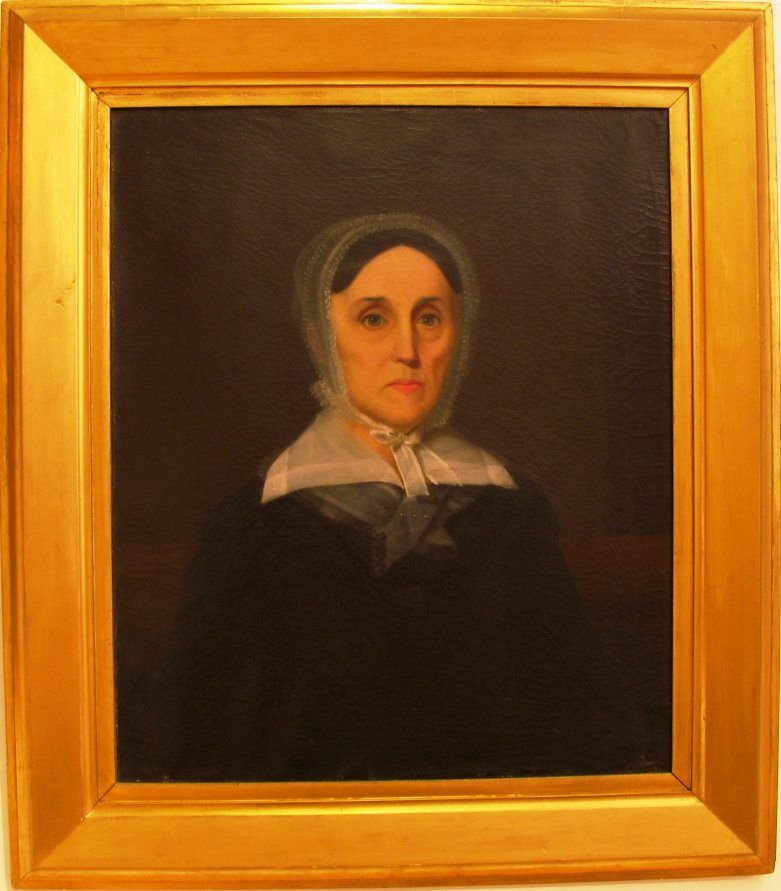Williams came to Carlisle in 1841 and opened a studio in Beetem's Hotel. The October 27, 1841 edition of the Carlisle Weekly Herald extolled his talent for representing faces on ivory and canvas and urged people to visit his studio. Painting portraits was not Williams' only talent. According to local historian Charles Leeds, writing in 1909, Williams was “a superior artist, and as we were always taught to believe, the individual who painted that large magnificent coat-of-arms on the wall in the rear of the President Judges Bench after the erection of the new court house.”1
John Caner Williams, “formerly of Philadelphia,” married Miss Elmira Sener of Carlisle on May 1, 1844,2 and in 1846 he opened a drawing school at his residence. Caught up in the "gold fever," he left Carlisle on March 19, 1849 with George Fleming’s company. They would travel overland to the California gold fields, and Williams would never return to Carlisle.3
George Fleming wrote a letter from California to the editor of the Carlisle Herald dated October 21, 1849. He noted that “Williams and Kneedler are in our neighborhood and are well.”4 If Williams dug for gold at all, it was not for long. The 1850 U.S. Census of Sacramento, California recorded Jno. C. Williams, a 32-year-old painter, born in Pennsylvania, living with Thomas Jones, a 33-year old guilder, born in England.
Several books about California artists record that Williams exhibited at the Artists Fund Society in 1857, the California State Fair in 1858, the California Art Union in 1865 and that he was known for his portraits.5 In 1860, Williams was living in San Francisco and working as an artist while his wife and children were still living with her parents in Carlisle.
In 1874 and 1875, William E. Lovejoy and John C. Williams were listed as partners in the photographic gallery of Lovejoy and Williams at 128 Kearney Street in San Francisco. Was this the same John C. Williams?6
It is not known where or when Williams died. His wife died on January 2, 1879 and her tombstone in Carlisle’s Old Graveyard reads “Our Mother Elmira Sener wife of John C. Williams died Jan. 2, 1879.”

